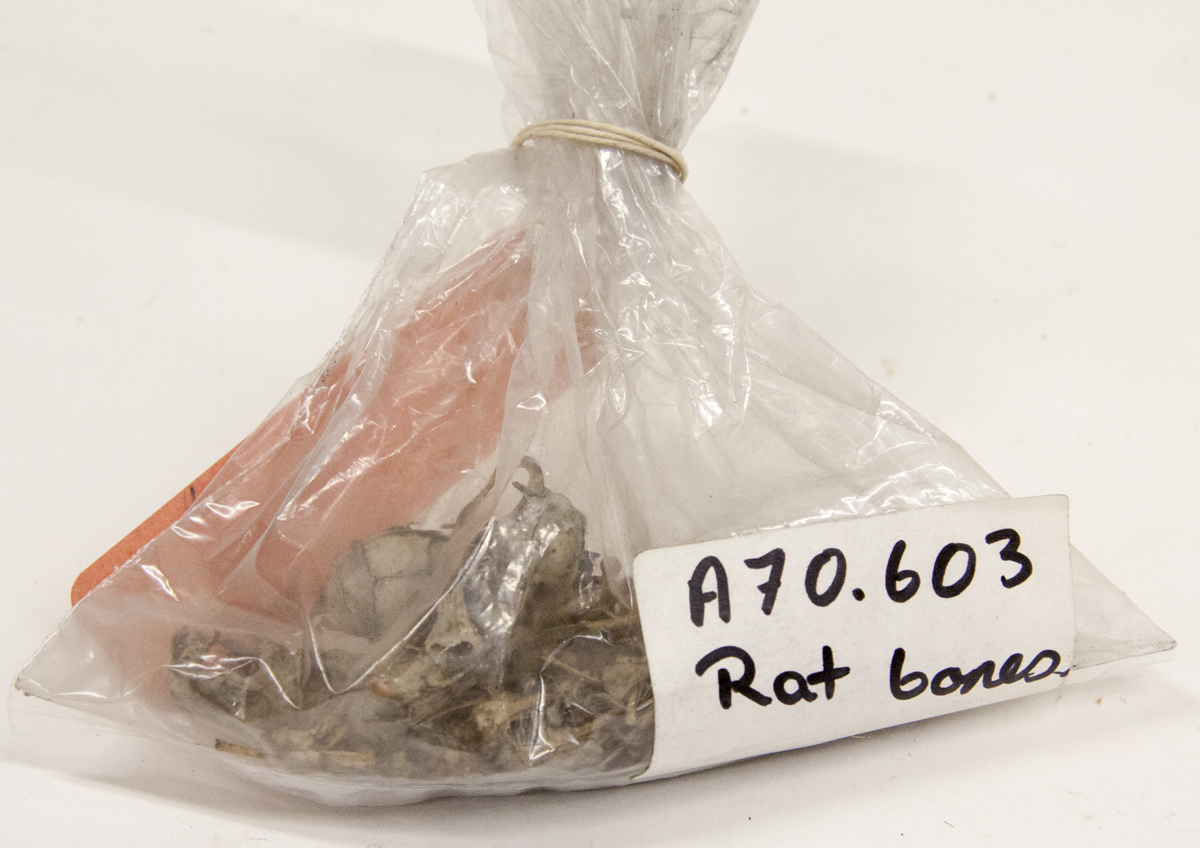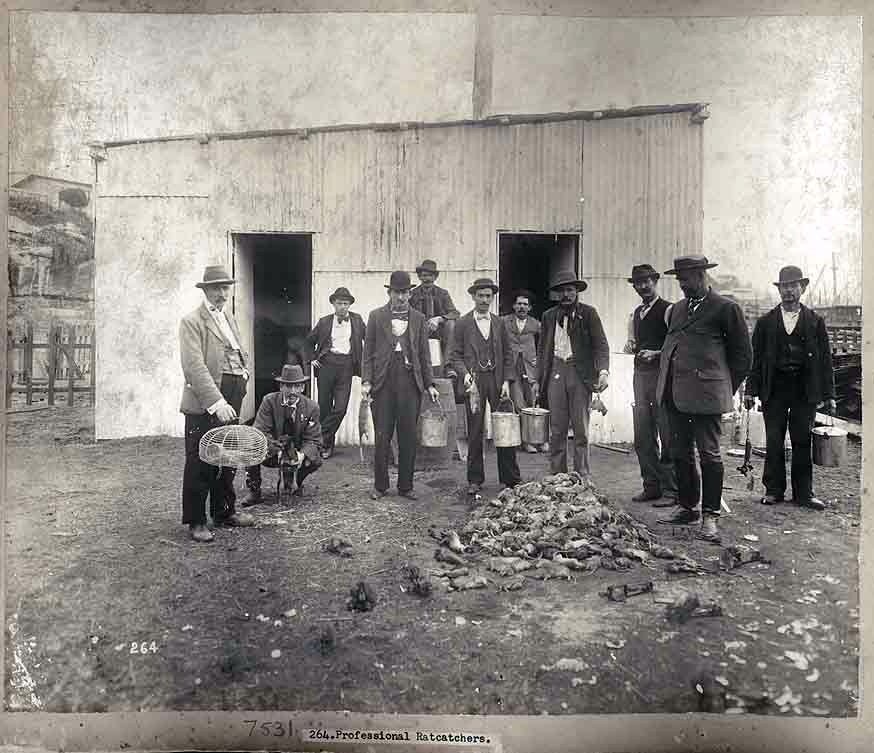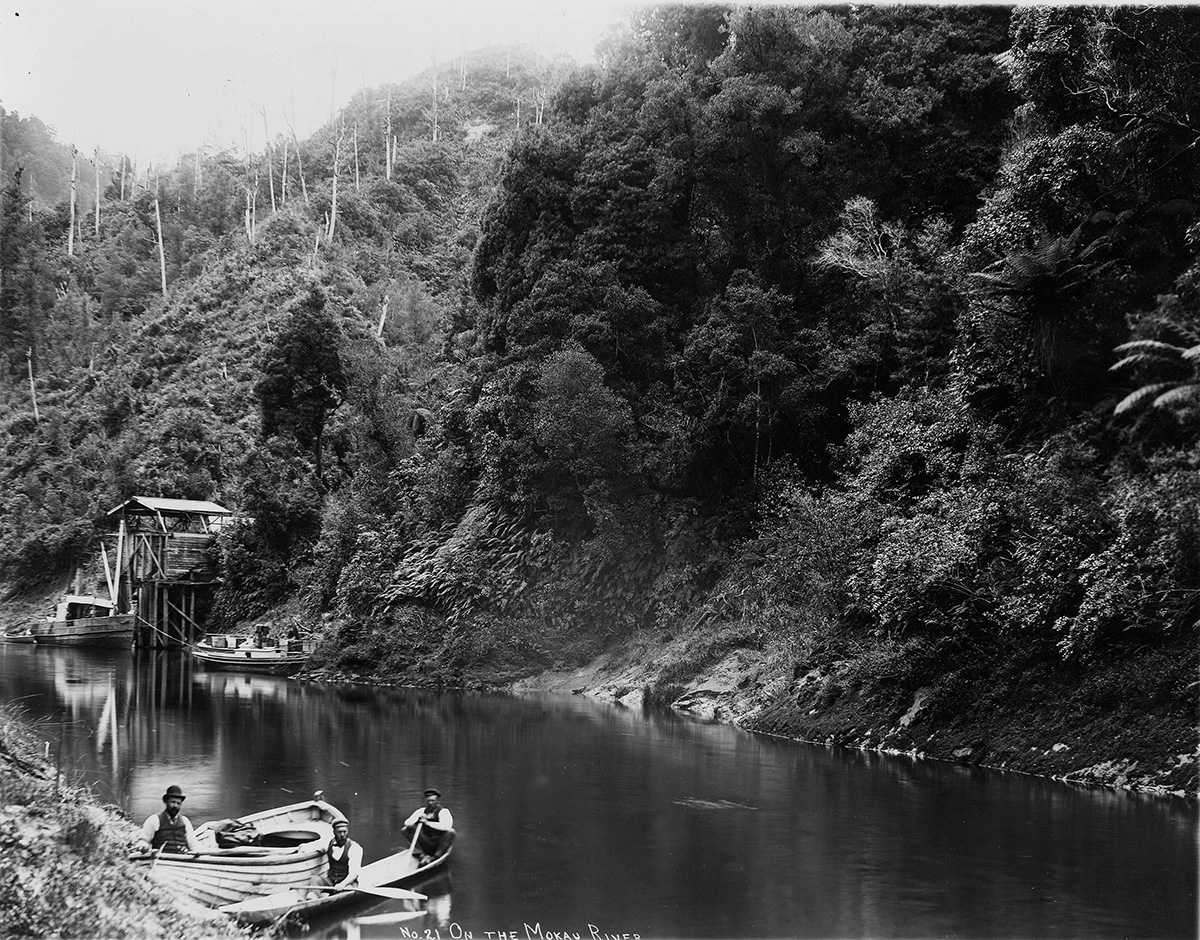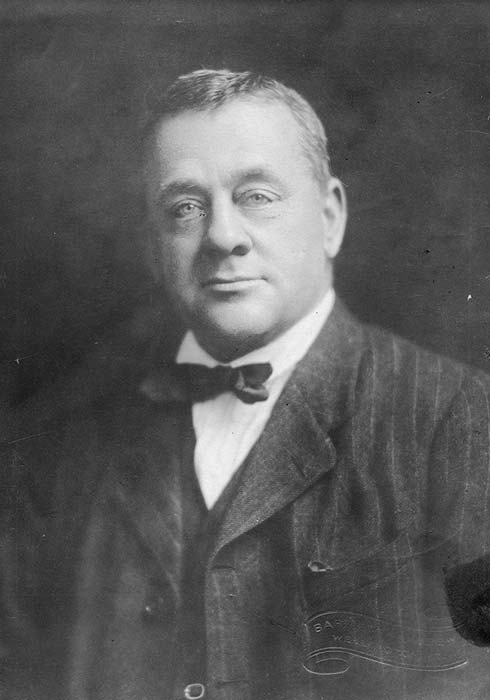





In May 1900, a huge swarm of rats emerged from the bush at Awakino and headed down to the riverbank. Settlers were amazed. Where had they come from and where were they going? When the rats took to the water, swam to the other side of the Awakino River and headed to Mōkau, curiosity gave way to alarm.
At Mōkau there was little anyone could do except barricade their houses and block the cracks into their grain stores, trying anything they could to keep the rats from their doors. But by the time the invaders made it into the township, they were quieter and seemed to have lost some of their energy and purpose. Instead, they began to stagger and many simply laid down and died.
People collected corpses for days and burned or buried them in piles, but in whichever direction they chose to look, a seething mass of bewildered rats could still be seen all over town.
It was all very odd, they thought, and when stories of the invasion trickled as far as Inglewood to Dr Thomas Valintine, he thought it was strange too. He began to wonder if there might be some connection between the rat migration at Mōkau and a recent mysterious death in Auckland.
H.C. Keely, of Upper Queen Street, Auckland, had died in suspicious circumstances and a post-mortem showed signs of a worrying, yet unknown disease.
Dr Valintine had his suspicions and notified experts that he thought it might be Bubonic Plague. Because there was no Health Department in New Zealand at the time, officials sent Agricultural Department bacteriologist and veterinarian Dr J.A. Gilruth to investigate.
The last thing Dr J.A. Gilruth expected to find was Bubonic Plague, but he did. The victim carried an enormous number of bacilli shaped with the typical 'short rounded ends.' A suspected outbreak in Sydney meant that the disease could easily have been brought into port by rats from Australian ships.
Gilruth knew he must make absolutely certain before he raised the alarm as the word plague would strike fear into every heart. This was the great killer throughout the ages - the Black Death - that broke out periodically, having first been seen in Egypt in 542AD. All throughout history, it had cut people down in droves.
During the 1400s, the plague had halved the population of Europe in less than three years and reached another peak in 1665 with the Great Plague of London. The last pandemic of the 1890s decimated Asia before sweeping California and South Africa. Sydney had already burnt its rat-infested buildings in a desperate bid to stop it spreading and now it had reached Auckland.
What Dr Gilruth needed was a rat to prove his theory. Down at the Auckland docks he found exactly that - a sick rat that had been kicked to death by workers. He learned for certain that the rat carried the plague.
The disease is passed onto humans through fleas which jump from the rat when it dies. When he heard of the rat invasion that had suddenly appeared at Mōkau, Gilruth immediately contacted Dr Valintine and asked him to go up immediately and collect specimens.
Thomas Harcourt Ambrose Valintine was born in Sussex, England, in 1865 and became a doctor before immigrating to New Zealand. He became famous in Inglewood, first as a pioneer doctor who roamed the bush-covered hills on horseback, to the furthest outposts of the district, distributing medical aid to all who needed it. Later he would become Director General of Health.
A strong, reliable man, Valintine regularly did a two-week circuit from Inglewood through to Waitara, Urutī, Whangamomona and back via Stratford. At the time, tracks were suitable only for horses. He was a good horseman and rode extremely well.
But at the age of 29, Valintine suffered a terrible riding accident which resulted in the amputation of his leg. Even fitted with an artificial limb, he climbed straight back into the saddle, though his well-known vigour, courage and determination couldn't overcome the physical difficulty of riding long distances. Eventually, Valintine gave up his horse and entered the public health service as Assistant Chief Health Officer.
The treatment of tuberculosis became his forte and he set up a sanatorium at Ōtaki, where he appealed to officials to recognise the dangerous potential of infected cows' milk. In 1930, he retired as Director General of Health and died 15 years later at the age of 80.
When the call came through from Gilruth to go to Mōkau to find some rats, Valintine didn't hesitate. He understood the danger of plague though the details were a puzzle. If the rats had come from Auckland it was quite possible they carried the disease. But as no rats had been found between Auckland and Mōkau, how did they manage to get so far before they fell sick?
More puzzling was what happened to the rats after they had reached the Mōkau River and plunged into the water. Though the township had been crawling with them for two long weeks, they suddenly and completely disappeared.
Fortunately, Valintine was still able to find two - one he caught and killed, the other already dead - which he bottled in preservative and sent to Gilruth's lab. Examinations of the dead rat showed microorganisms in the spleen and bloodstream faintly characteristic of the plague bacteria, while the rat that had been caught alive showed no sign of infection. Perhaps it was a local rat, Gilruth decided, rather than a migrant.
When Valintine was asked to supply more rats he obliged. The next tests showed them to be fatally infected with plague bacilli.
As soon as the rats disappeared, so did the threat of disease. People in the district were unaware how close Taranaki had come to falling victim to a full-blown Bubonic Plague. Even today, few people know the story of the rat invasion at Mōkau. Little publicity followed the event, though when Auckland officials realised what a time bomb they might be sitting on, they launched into a mighty clean up, with war declared on filth and pestilence throughout the city.
Aside from a single worrying incident in Whanganui, when infected rats were caught at the local freezing works and despatched, all thoughts of a full scale epidemic died down. One further death in Auckland a year later, confirmed by the Pasteur Institute at Paris as being caused by the plague, quelled old rumours that the plague threat had been a hoax.
But as for the rats of Mōkau and what actually happened to them, no one knows for certain, though local opinion has it that the swiftly flowing Mōkau River probably claimed the sick marauders. Worn out from their long journey and with no bridge to cross, when they took to the water, they were washed out to sea and never seen again.
But some good came out of their visit, regardless. Rat guards were soon strung on every mooring rope on every ship to dock in New Zealand and as a direct result of the plague panic, the New Zealand Health Department was formed.
Search the Puke Ariki Heritage Collection
LinkPlease do not reproduce these images without permission from Puke Ariki.
Contact us for more information or you can order images online here.